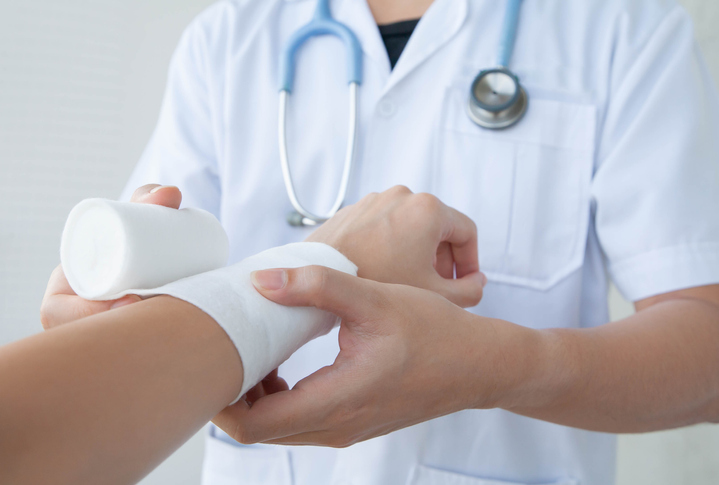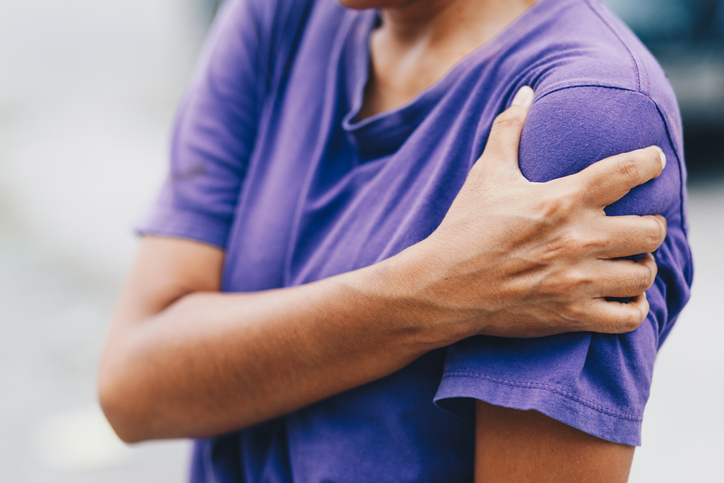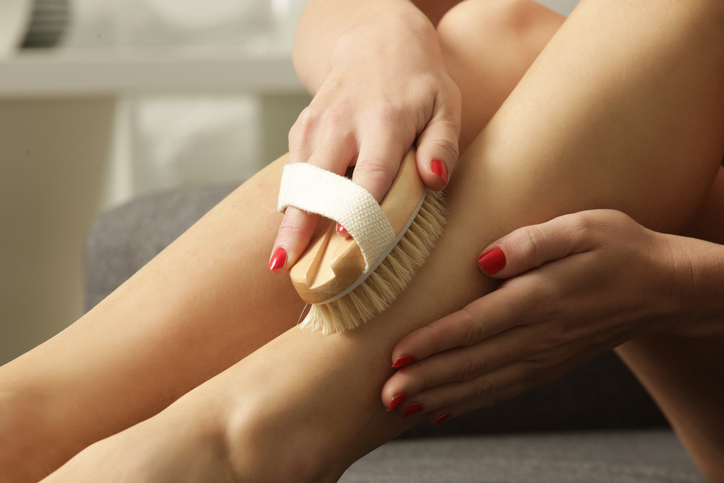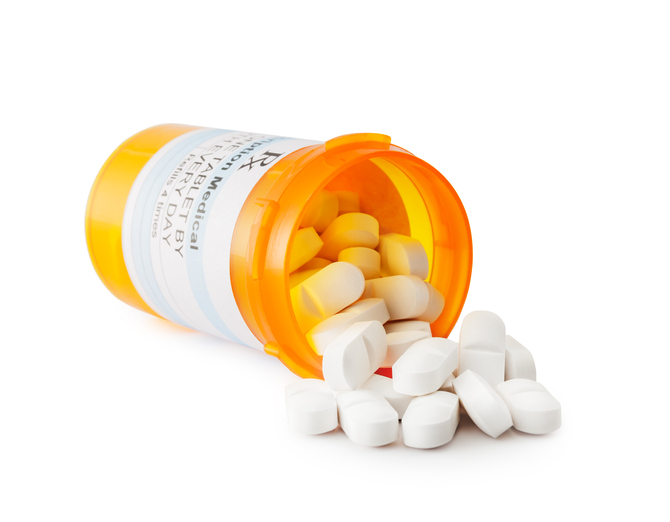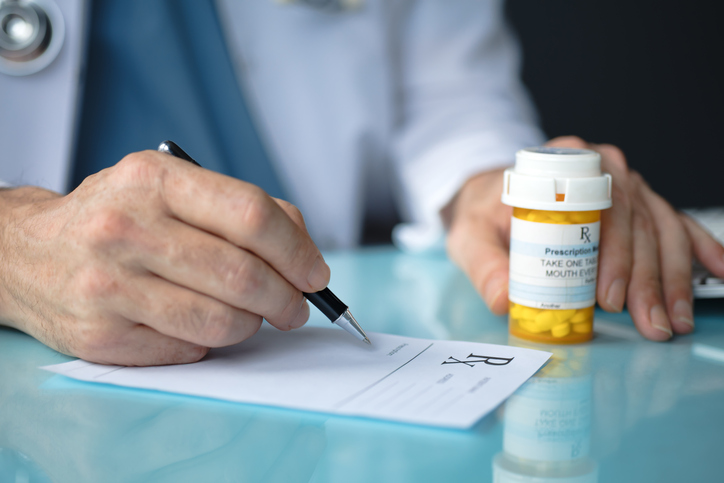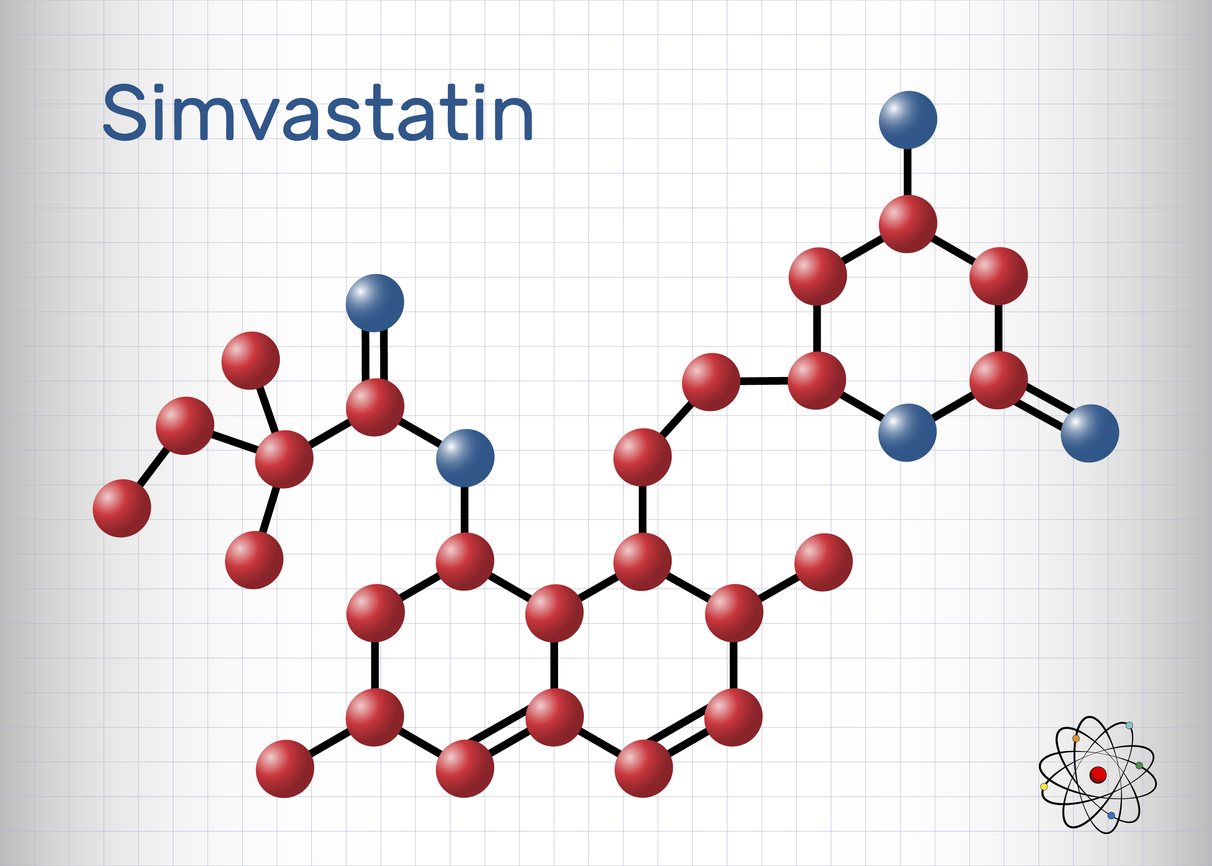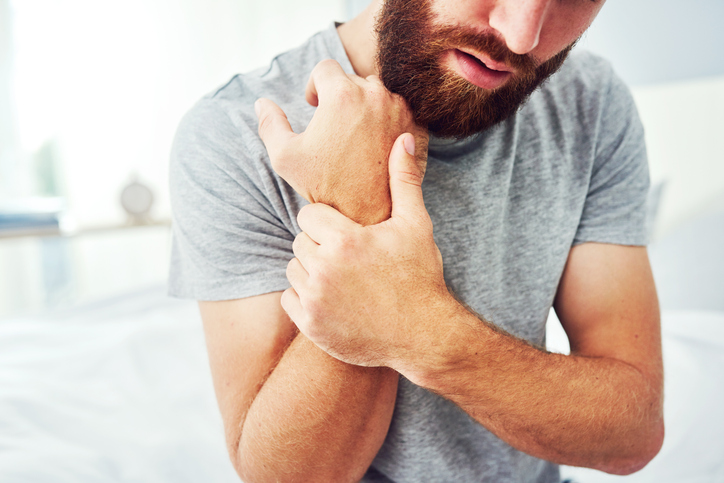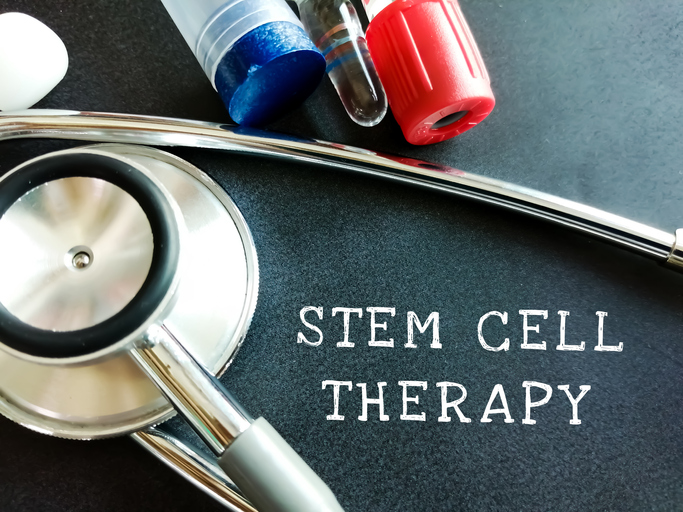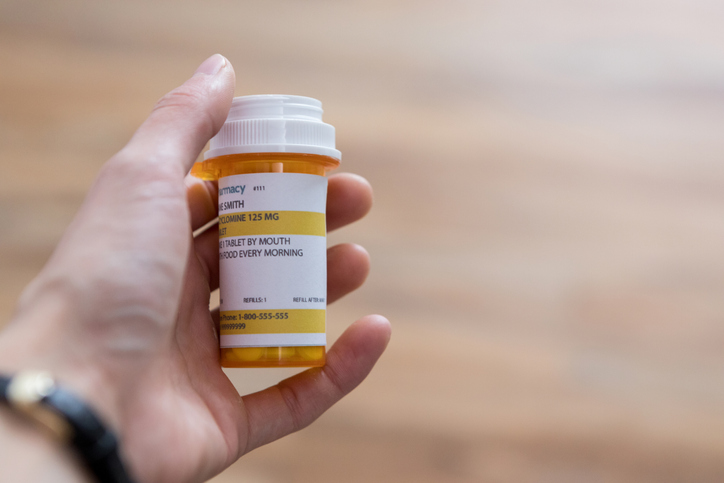Pain
Conventional Treatments for Complex Regional Pain Syndrome (CRPS)

What is complex regional pain syndrome (CRPS)?
Complex regional pain syndrome (CRPS), also called reflex sympathetic dystrophy syndrome (RSDS), is a type of chronic pain condition. It typically occurs after an injury and affects one limb (arm, leg, hand or foot). Although complex regional pain syndrome is not yet completely understood, it is believed that CRPS develops when the central or peripheral nervous system is damaged or malfunctions. It may also be caused by an immune system response. Treatment for complex regional pain syndrome can be complex. Oftentimes, an individually tailored combination of treatments is most effective.
What are the conventional medical treatments for complex regional pain syndrome?
Various conventional medical and therapeutic treatments are available to treat complex regional pain syndrome. They include, but are not limited to, the following:
Physical & occupational therapy
Rehabilitation and physical therapy can improve blood flow and increase mobility of the CRPS affected body part. Tailored exercise can improve flexibility, strength and function. Individuals can learn new ways to perform daily tasks through occupational therapy specific to the affected limb.
Psychological-based therapies
Psychotherapy can help treat psychological symptoms, such as depression, anxiety or post-traumatic stress disorder, which may occur with a CRPS diagnosis. These psychological symptoms heighten the perception of pain; therefore, treatment is important to help individuals cope with CRPS. Cognitive behavioral therapy, acceptance commitment therapy and eye movement desensitization and reprocessing (EMDR) are all possible therapies that can be used to treat CRPS psychological symptoms.
Graded motor imagery & mirror box therapy
Graded motor imagery is used to treat pain and mobility issues; the focus of graded motor imagery is to activate parts of the brain related to the damaged part of the body. It involves three distinct components: left/right discrimination training, motor imagery exercises and mirror box therapy. A health care professional guides an individual during these treatments.
Mirror box therapy can be used separately or as part of graded motor imagery. Mirror box therapy is a straightforward treatment in which an individual places the limb that is affected by CRPS into a mirror-therapy box while watching the non-affected limb in the mirror on the outside of the box. The affected limb stays covered, so the brain doesn’t see it. The individual then performs simple mimicking exercises and watches the healthy limb in the mirror. This creates the illusion of a pain-free limb in the mirror. The brain sees a healthy limb full of movement with no discoloration and is fooled into thinking that the CRPS affected limb is healthy and mobile; therefore, the pain signals sent to the brain decrease.
Nerve blocks
Sympathetic nerve blocks involve injecting a local anesthetic into the area affected by CRPS. During the procedure, intravenous medication may be administered for relaxation purposes. X-ray guidance is used to ensure that the doctor injects the medication into the precise location. The medication used can improve blood flow and block the activity of sympathetic nerves.
Surgical sympathectomy
Surgical sympathectomy is a medical procedure that destroys specific nerves to reduce pain. This treatment is controversial as it could worsen CRPS symptoms. A physician normally recommends sympathectomy only for individuals who experience a significant reduction in pain with sympathetic nerve blocks.
Intrathecal pain pump
Intrathecal drug pumps (pain pumps) deliver small doses of medication into the spinal fluid and may be used when other treatments have failed. A pain pump is a small device that is surgically implanted in the left or right lower quadrant of the abdomen. The pump administers medication to the spine via a small plastic tube known as a catheter. A pain pump contains a reservoir that holds the medication. It can be programmed to slowly release medication throughout the day so an individual can rely on a steady supply of medication to reduce pain symptoms. Intrathecal pain pumps are monitored and refilled by a health care provider.
Neuromodulation
Neuromodulation involves stimulating nerves in order to change how the body responds to a stimulus, such as pain.
Spinal cord stimulation (SCS) may reduce pain associated with complex regional pain syndrome. SCS requires minor surgery in which a stimulator or generator and electrodes are implanted under the skin. The electrodes are placed near the spinal cord, while the generator may be placed near the abdomen or lower back area. The stimulator can be adjusted and turned on or off via a remote control device. A spinal cord stimulator produces small electrical currents that interfere with pain signals being sent to the brain.
Other types of neural stimulation that may be used at other locations of the pain pathway, not just the spinal cord, include:
- Peripheral nerve stimulation(PNS) allows for an electrode to be placed anywhere a peripheral nerve block can be used.
- Motor cortex stimulation involves the stimulation of the space just anterior to the somatosensory cortex, on the primary motor cortex, to reduce pain.
- Deep brain stimulation is used to stimulate a variety of locations for pain relief, including the septal area, sensory thalamus periaqueductal grey or periventricular area, and anterior cingulate cortex. Not all areas are stimulated on one person.
Repetitive transcranial magnetic stimulation
Repetitive transcranial magnetic stimulation, or rTMS, applies magnetic stimulation to the motor cortex, contralateral (opposite side) to the CRPS-affected part of the body. Maximum pain relief occurs approximately 15 minutes after stimulation.



